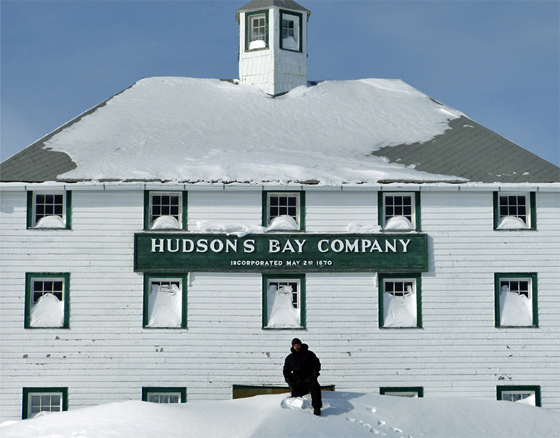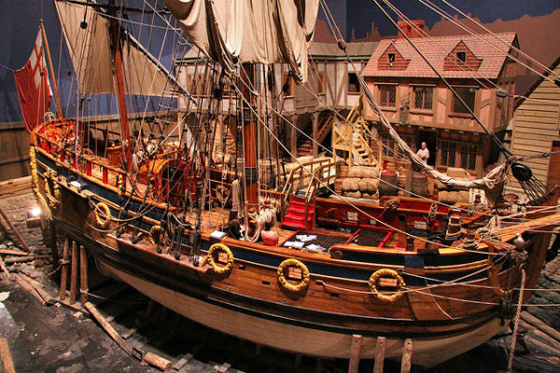by Vanessa Desorcy
Travel experiences go better with history and we’ve got something extra special for you in Manitoba, Canada (besides polar bears!) that you won’t find anywhere else in the world — the beginning of the historic fur trade.
When you visit one of our remote fly-in lodges on the Hudson Bay coast, you won’t just be walking with polar bears, you’ll be treading in the footsteps of Canada’s original explorers.
Manitoba is home to the fur trade, which helped drive Western Canadian development and commerce beginning with the discovery of Hudson Bay in 1610 by Henry Hudson and spanning the province from the Prince of Wales Fort in Churchill to The Forks in Winnipeg, Manitoba. Our waterways are bursting with history!
The beginnings of the fur trade can be traced back to the establishment of the Hudson’s Bay Company (HBC) in 1670. This was made possible after a British ship, the Nonsuch, sailed into Hudson Bay in 1668, making it the first fur trading vessel to make it to the area. In 1684 the HBC headquarters were set up about 250 km southeast of Churchill at York Factory, near the Hayes River (and Nanuk Polar Bear Lodge!). This fur trading post was built in response to the destruction of Fort Nelson in 1682 by rival French traders.
After solidifying their position at York Factory, the British began expanding further north into the Churchill area and eventually established Fort Churchill (later named Prince of Wales Fort) in 1689 at the mouth of the Churchill River. This site served as a post for trade with the Dene, Inuit and Cree peoples who proved to be critical to the success of the fur trade.
Towards the end of the 1720s British/French relations once again became strained and the HBC authorized a fortification of the Prince of Wales Fort. This new structure took more than 40 years to build and was outfitted with 6.5 metre high outer walls that were 11 metres thick.
In 1738, an explorer named La Vérendrye reached the junction of the Assiniboine and Red Rivers and established Fort Rouge, one of the first forts integral to the fur trade in the area. The junction of these two rivers, known as The Forks, served as the hub of the fur trade during its heyday, until grain production overtook the fur trade as the main industry in Western Canada.
Today, The Forks in downtown Winnipeg is one of the city’s most popular meeting places and tourist attractions. Also in downtown Winnipeg is the original flagship store of the Hudson Bay Company.
Guests on our Arctic Discovery safari will experience not only our connection to the fur trade but will also have opportunities for breathtaking wildlife encounters as they walk with polar bears, black bears, wolves and moose at Nanuk Polar Bear Lodge, and kayak or swim with beluga whales in the historic Churchill River.
During the eight-night safari, guests will see many of the aforementioned historic sites including The Forks, the Prince of Wales Fort and the Churchill River. They will also fly over York Factory, as well as the Nelson and Hayes Rivers enroute to Nanuk Polar Bear Lodge. A private tour of the Manitoba Museum, highlighted by an exact replica of the Nonsuch at the beginning of the trip, sets the stage for their adventure.
Learning more about the history of the fur trade, the people, and the areas you’ll be traveling in during the Arctic Discovery safari, will make your adventure much richer. And of course, you always want to know where you’re going…
when you’re walking with polar bears.










